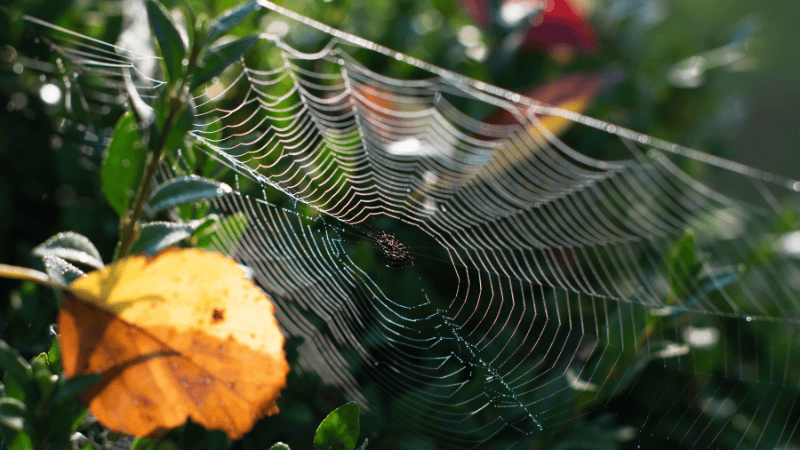The Emergence of the Spotted Lantern Fly

According to the United States Department of Agriculture and in coordination with the Massachusetts Department of Agricultural Resources (MDAR) the Spotted Lantern Fly may be emerging in our state.Today they announced that two dead specimens of the Spotted Lantern Fly (SLF) have been identified in Massachusetts communities. They are urging residents to report any sign of the invasive pest. Read on to learn more about how this pest may have arrived in our community and what you can do should you spot one in your garden.

What is the Spotted Lantern Fly?
The Spotted Lantern Fly is an invasive species that destroys fruit crops, trees and plants by hopping from plant to plant, crop to crop, and tree to tree. Although native to regions in China, India, and Vietnam, it has recently been spotted in our region which has alarmed farmers, agriculturalists, and entomologists.Spotted Lantern Flies can be spread long distances by people who move infested material or items containing egg masses. If allowed to spread in the United States, this pest could seriously impact the country's grape, orchard, and logging industries. This is of particular interest to the farmers, apple orchards, and cultivators in New England as it seems these pests are moving in this direction.
Where Have They Been Found?
The specimens of the Spotted Lantern Flies were recovered in the towns of Milford and Norwood, and were most likely brought into Massachusetts on materials shipped from Pennsylvania counties currently under a Spotted Lantern Fly quarantine.According to a report in MassLive online, State agricultural officials are urging anyone who has received goods or materials � such as plants, landscaping materials, or outdoor furniture � from a state with a known Spotted Lantern Fly infestation to carefully check the materials, including any packaging, for signs of the insects.

Signs and Symptoms of a SLF Infestation
There are several signs that farmers and gardeners should be aware of when trying to identify a SLF infestation. These are several symptoms that you may notice.
- Plants that ooze or weep and have a fermented odor
- Buildup of sticky fluid (honeydew) on plants and on the ground underneath infested plants
- Sooty mold on infested plants
Massachusetts residents urged to be on lookout for invasive Spotted Lantern Fly. Residents should look for large, gray insects, about one inch long, with black spots and red underwings, or inch-long, rectangular yellowish-brown egg masses covered with a gray waxy coating. Egg masses may be found on any flat surface. Residents who suspect they have encountered the pest should take a photo or collect the specimen, and report any potential sightings via the Massachusetts Department of Agriculture's online reporting form here.



